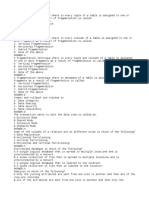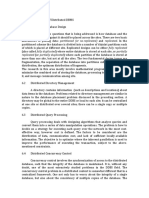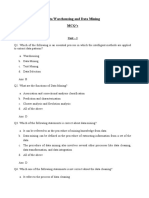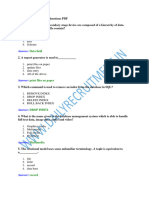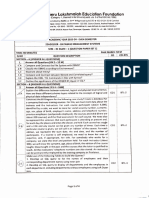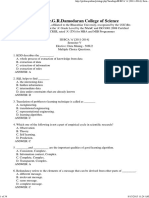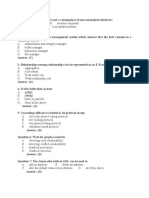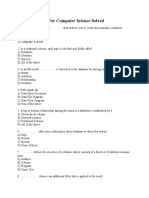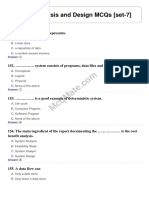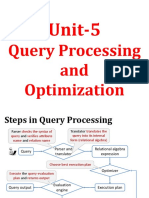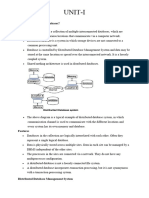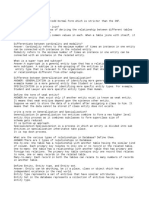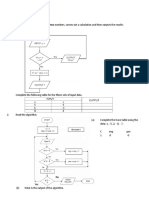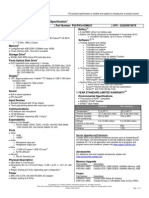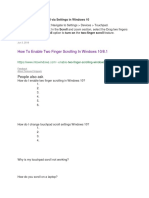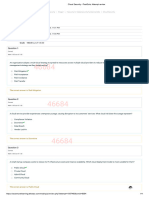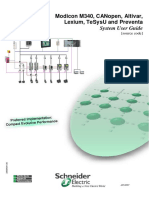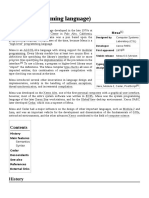0% found this document useful (0 votes)
2K views4 pagesDDBMS Questions Answers
A homogeneous distributed database has all sites storing and using the database identically with the same operating system, database management system, and data structures. A heterogeneous distributed database allows different sites to use different schemas and software, which can cause issues with query processing and transactions. A distributed file system stores data on a server and allows clients to access and process it locally, while a distributed database manages a collection of logically related databases distributed over a network in a transparent way to users.
Uploaded by
Abdul WaheedCopyright
© © All Rights Reserved
We take content rights seriously. If you suspect this is your content, claim it here.
Available Formats
Download as TXT, PDF, TXT or read online on Scribd
0% found this document useful (0 votes)
2K views4 pagesDDBMS Questions Answers
A homogeneous distributed database has all sites storing and using the database identically with the same operating system, database management system, and data structures. A heterogeneous distributed database allows different sites to use different schemas and software, which can cause issues with query processing and transactions. A distributed file system stores data on a server and allows clients to access and process it locally, while a distributed database manages a collection of logically related databases distributed over a network in a transparent way to users.
Uploaded by
Abdul WaheedCopyright
© © All Rights Reserved
We take content rights seriously. If you suspect this is your content, claim it here.
Available Formats
Download as TXT, PDF, TXT or read online on Scribd
/ 4

